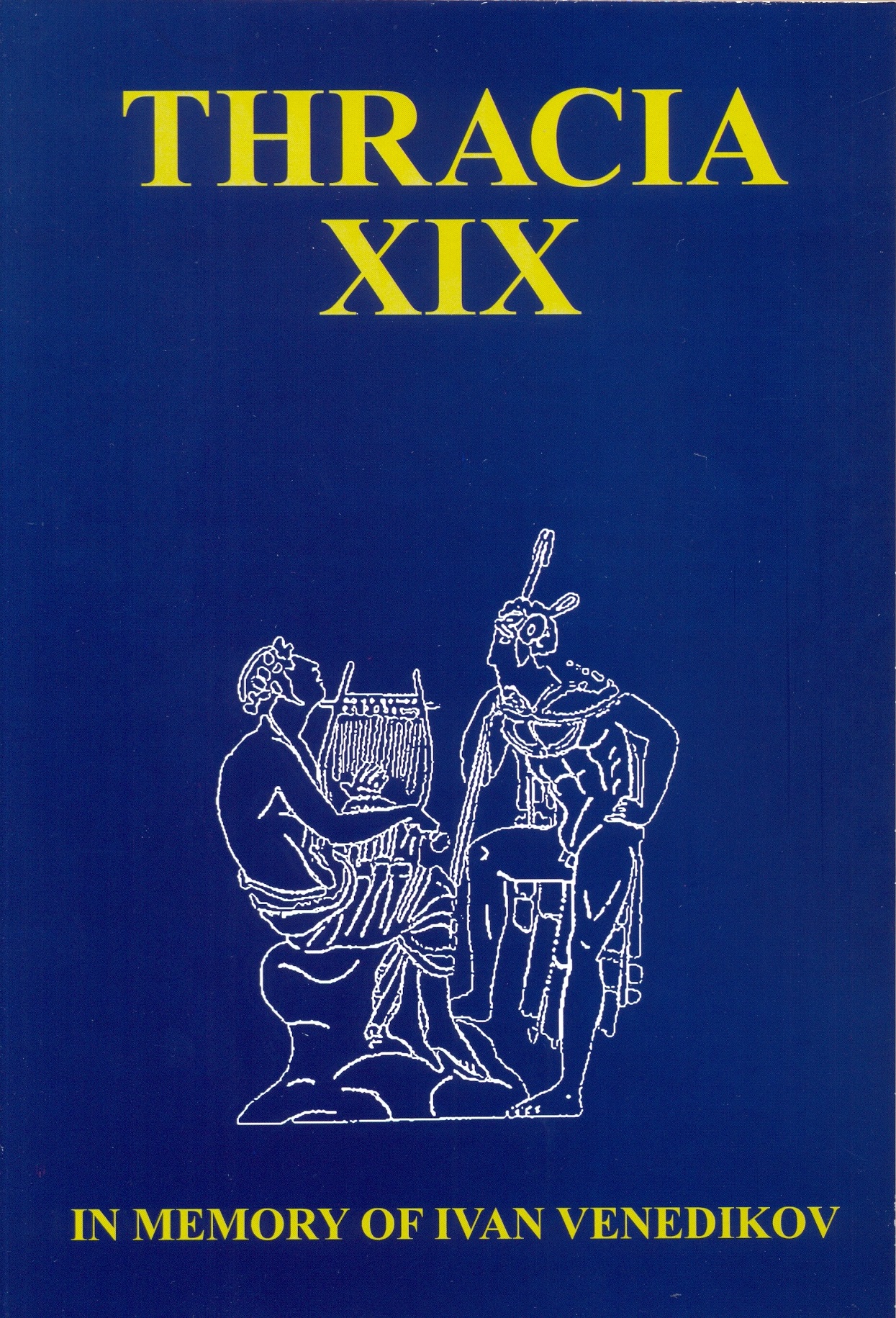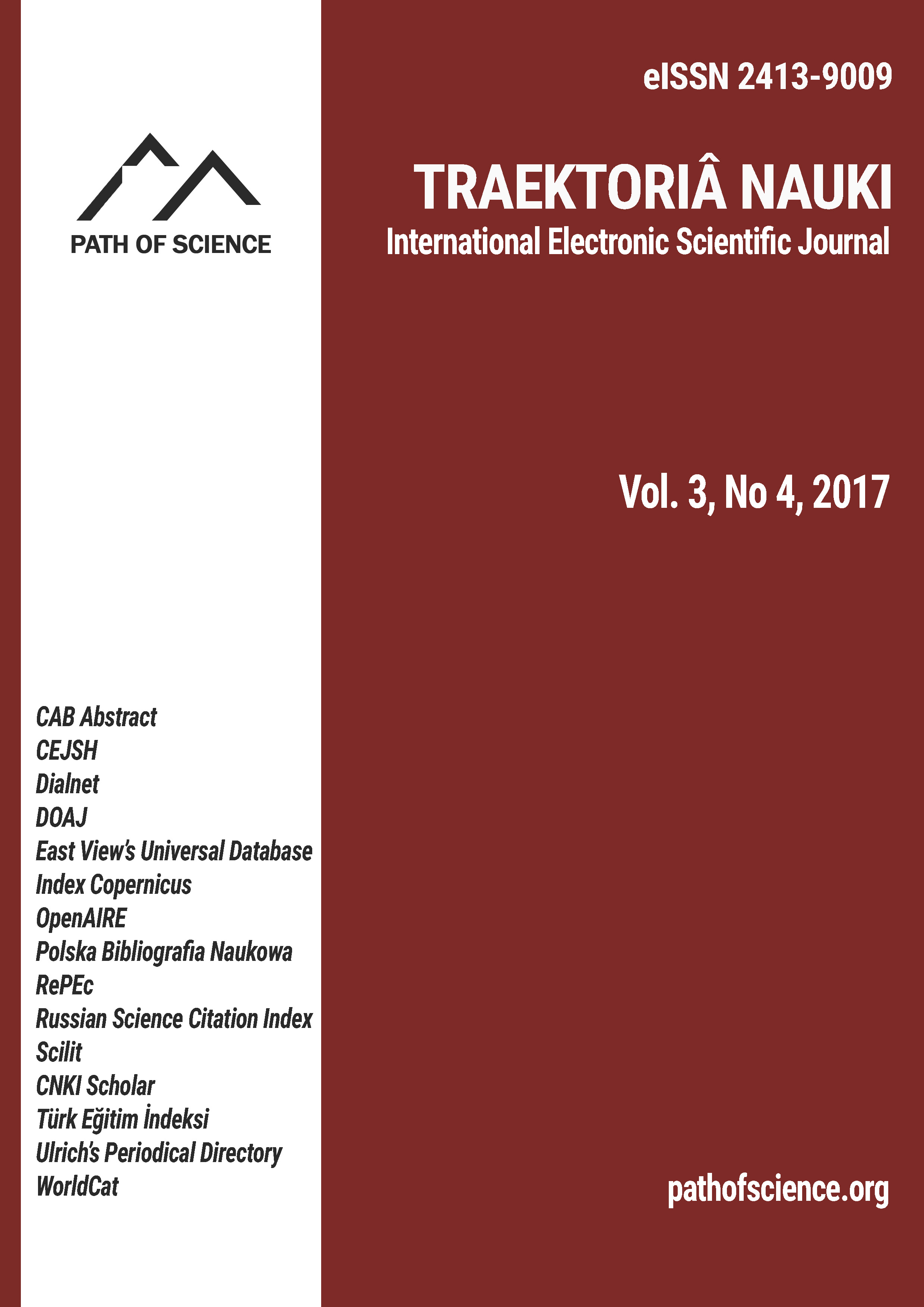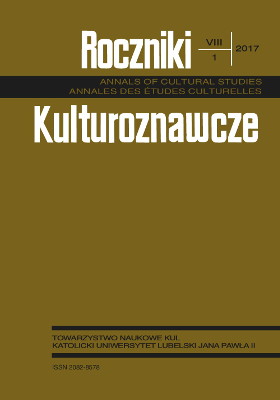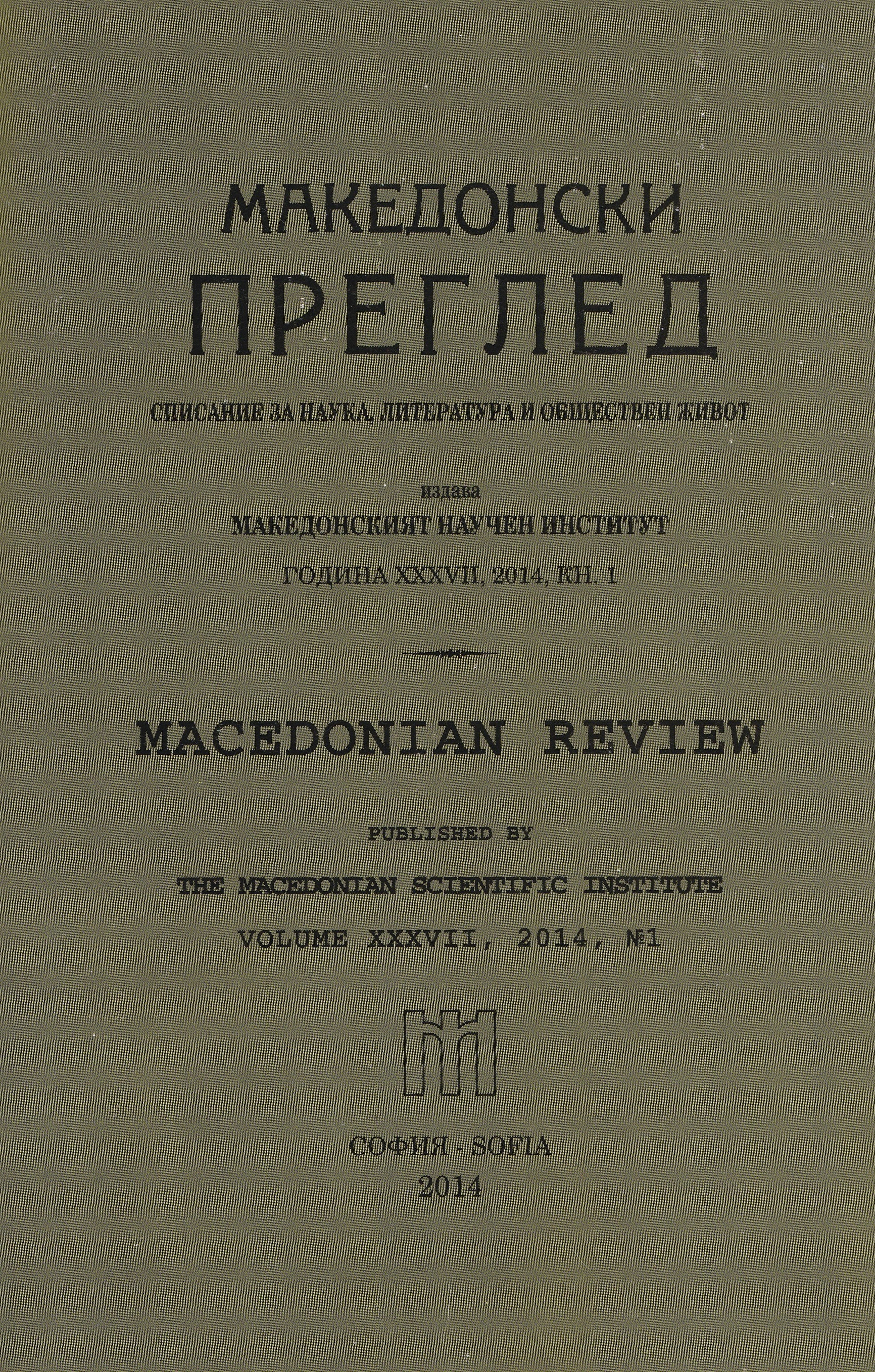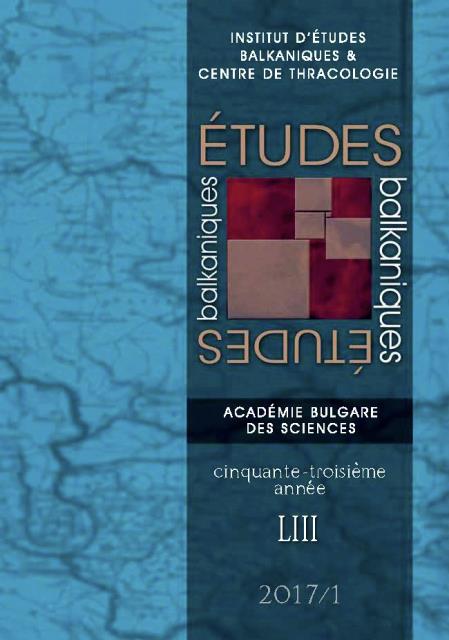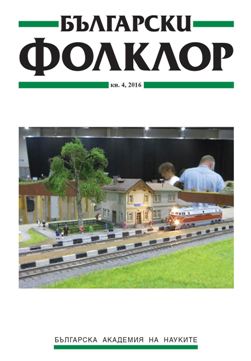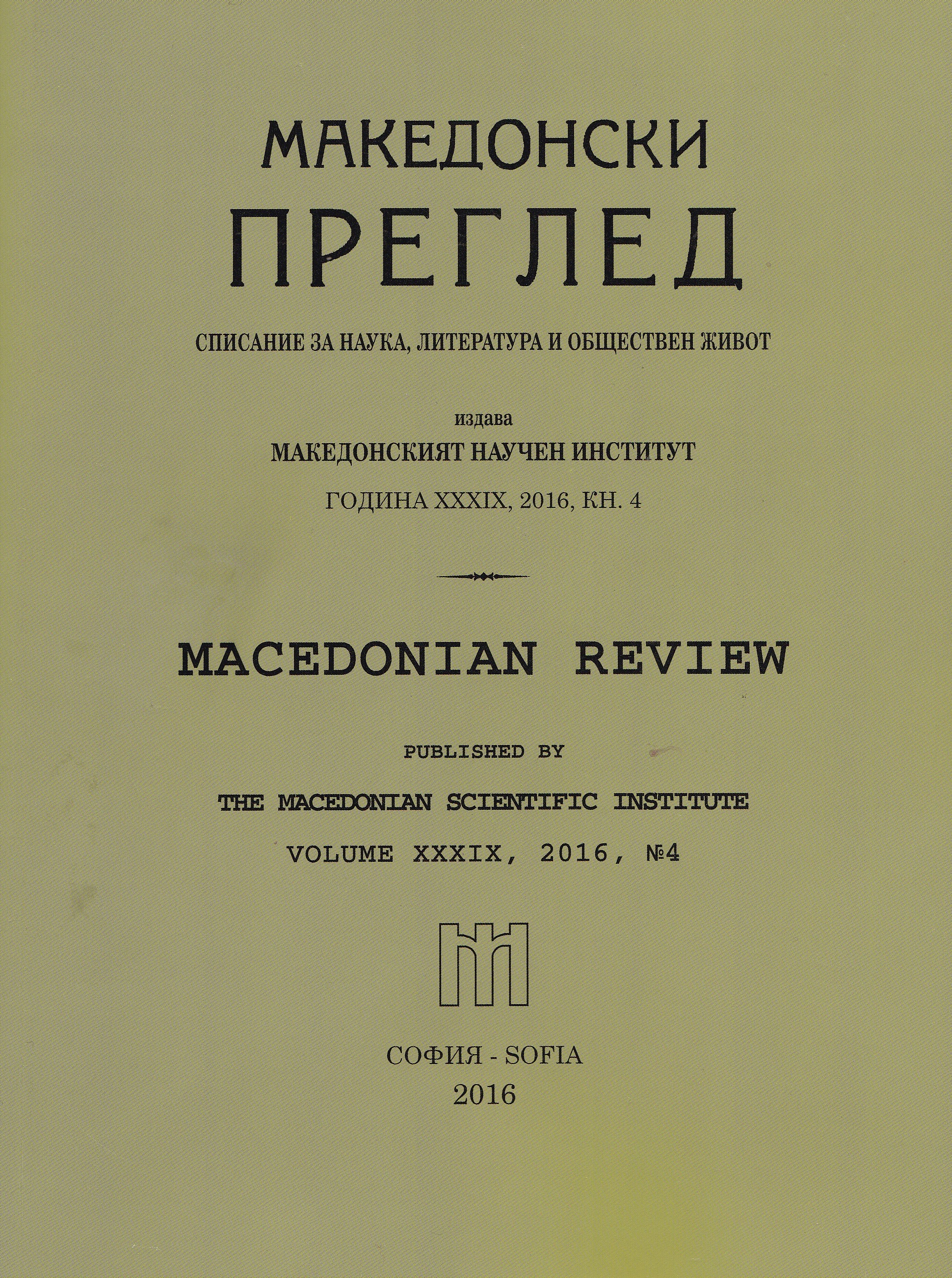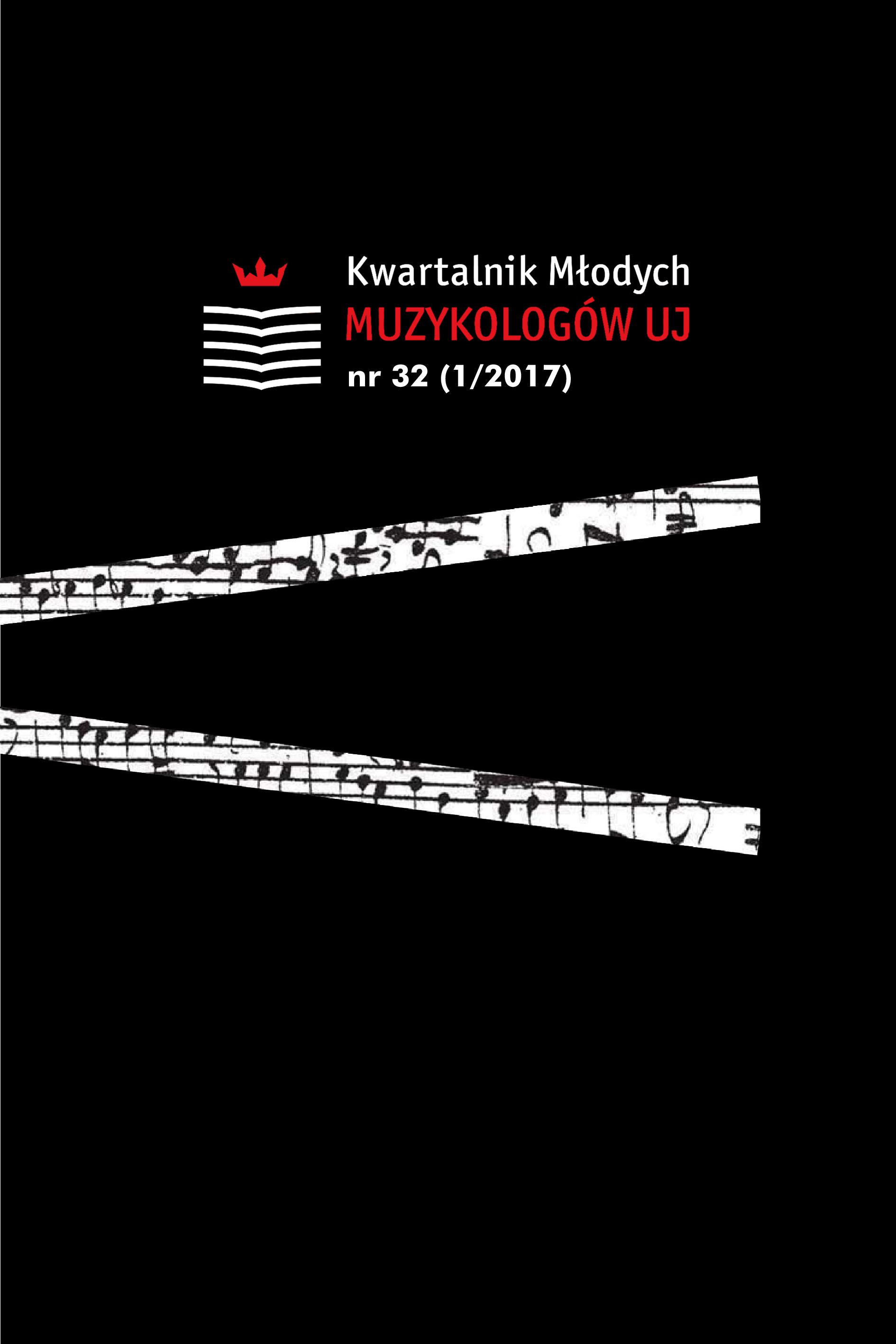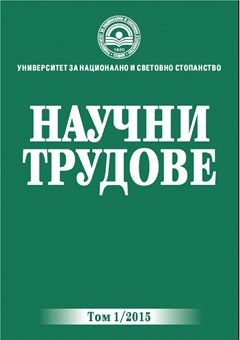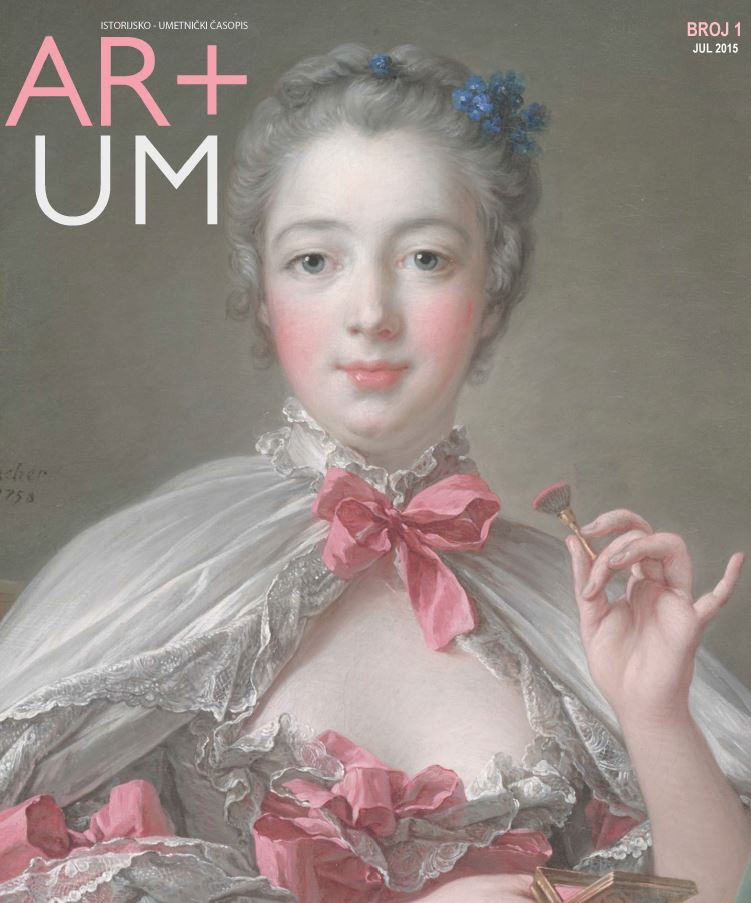
Izložba Izopačene umetnosti u Minhenu 1937. godine – pogreb moderne umetnosti
This research represents a different perception of the „Degenerate Art” Exhibition, not as a merely grotesque cultural event from the Third Reich history, but as an extremely powerful mean of Nazi propaganda. With the help of articles, preserved guide of the said expo, documentaries and documented statements of visitors, I was able to identify multiple layers and true message of this exhibition. After the horrors of World War One, German artists set themselves on a mission to unmask false idols, destroy imposed ideals and put the light on the new force which threatened to swallow the weakened people of Germany. The party in question was new-born National Socialist Movement, an opponent that would sentence them to symbolic death in 1937 at the „Degenerate Art” Exhibition. However, the reason of this exhibition does not lie simply in an attempt to „clean” a new culture of modern elements in order to return to classicist ideals nor to get rid of “noisy” artists. This was a very important playground for political propaganda which Nazis used to promote anti-bolshevist and anti-Semitic ideas, eradication of everything primitive, foreign and uncontrolled, as well as everything which was pacifist or had an individualistic tendency. The very name of this exhibition indicates another purpose of this event, an attempt of shaping public awareness about one of the most problematic issues of Nazi policy – eugenics. Only a few years later groups and ideas marked as unfit at the „Degenerate Art” Exhibition became the true victims of senseless bloodshed.
More...
